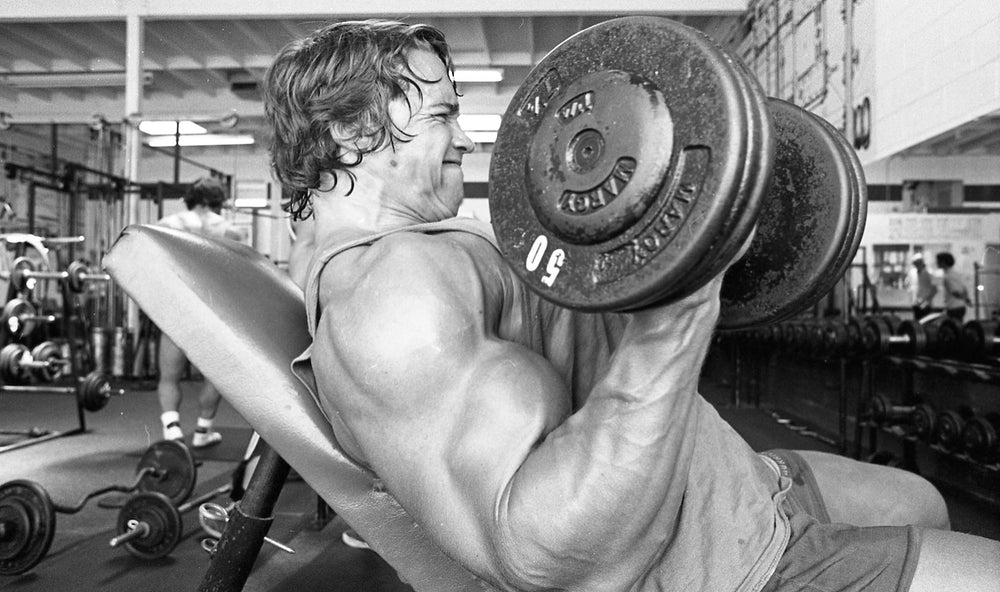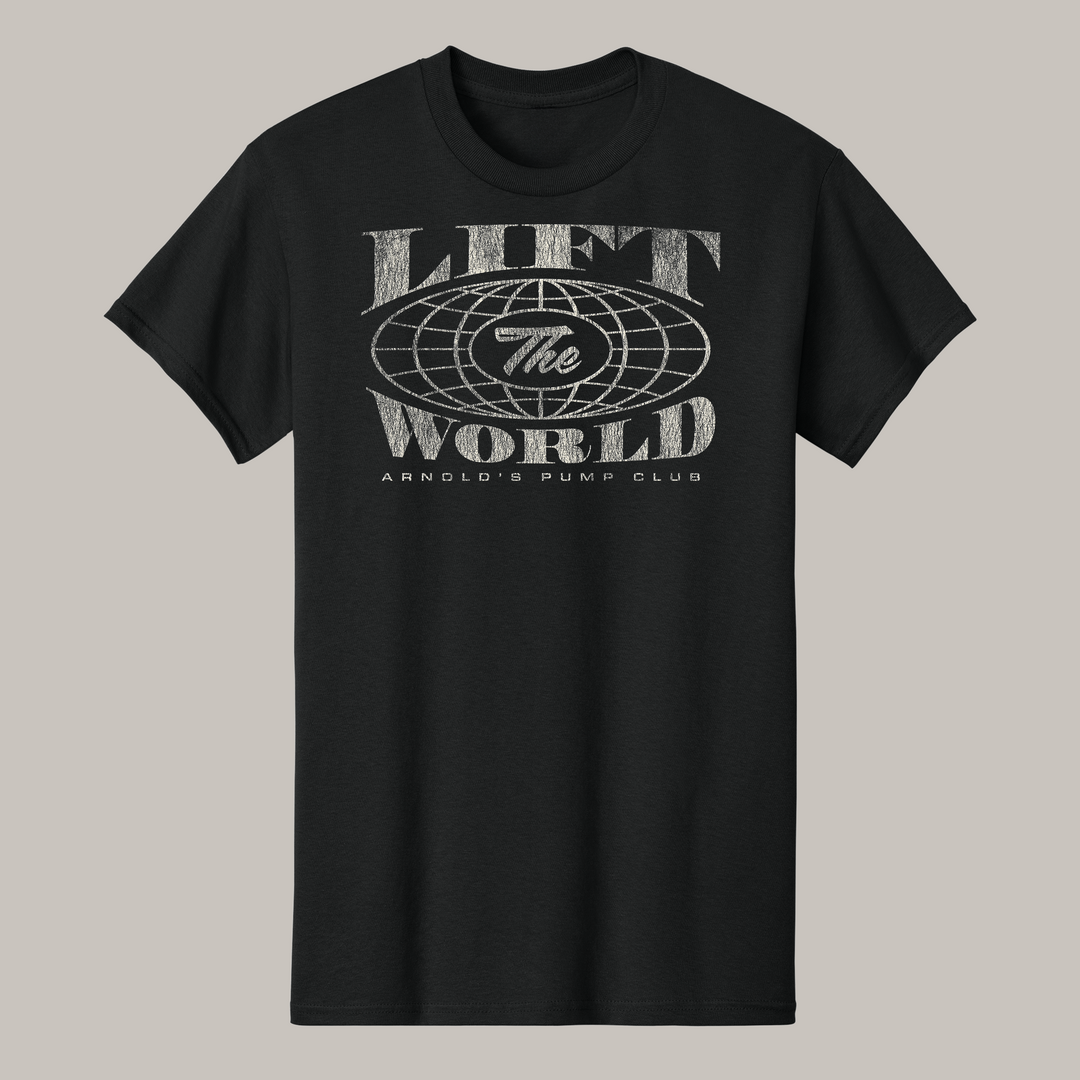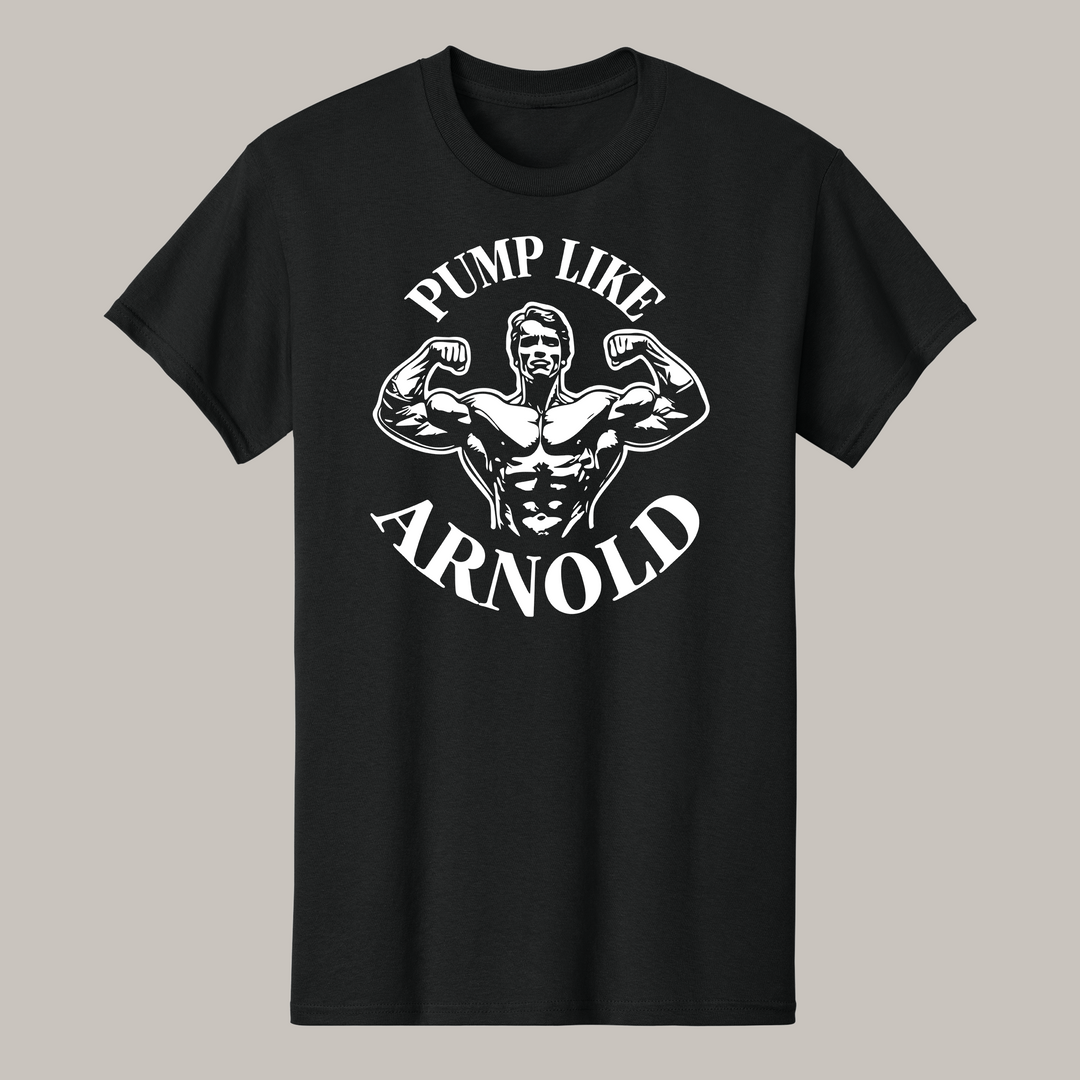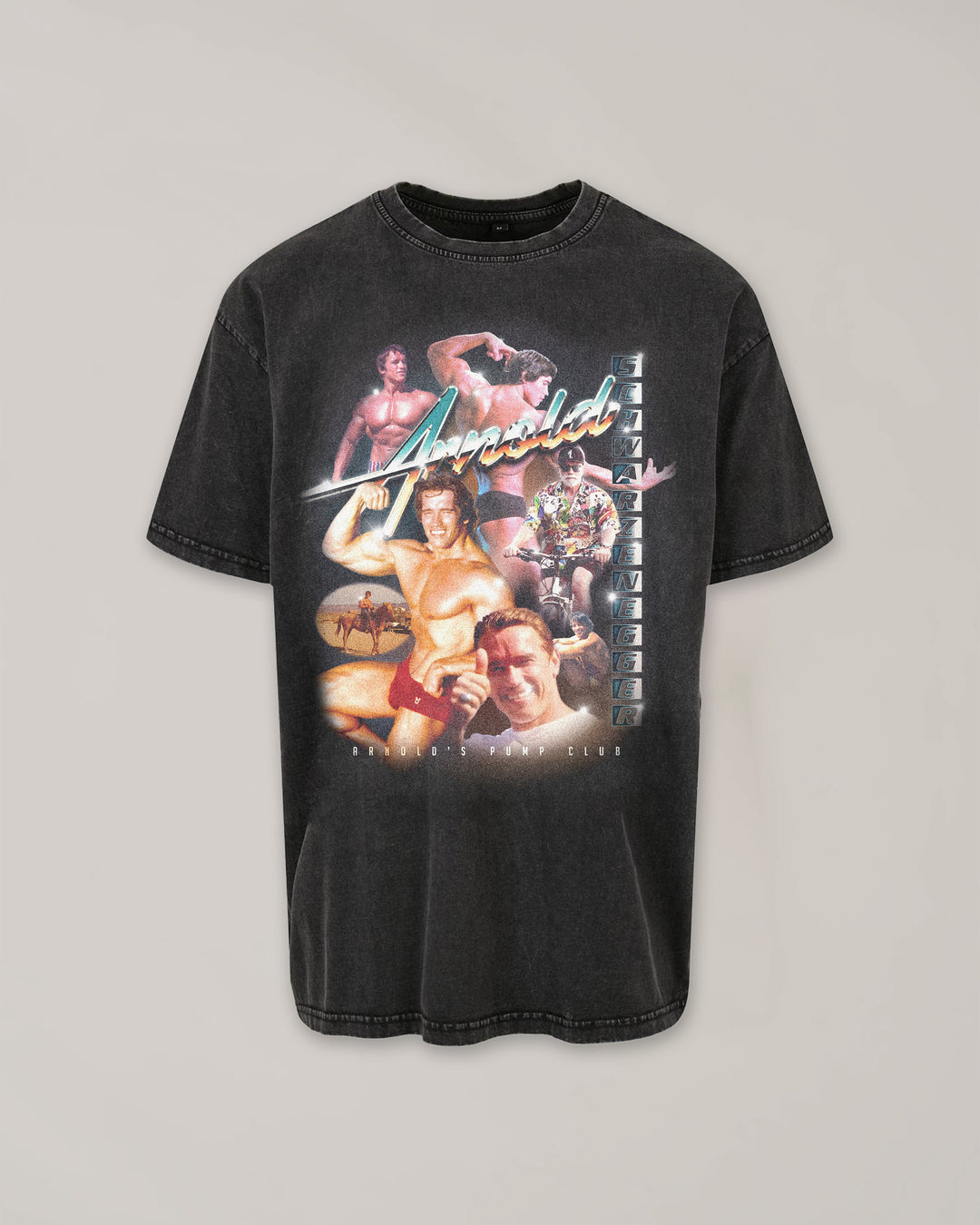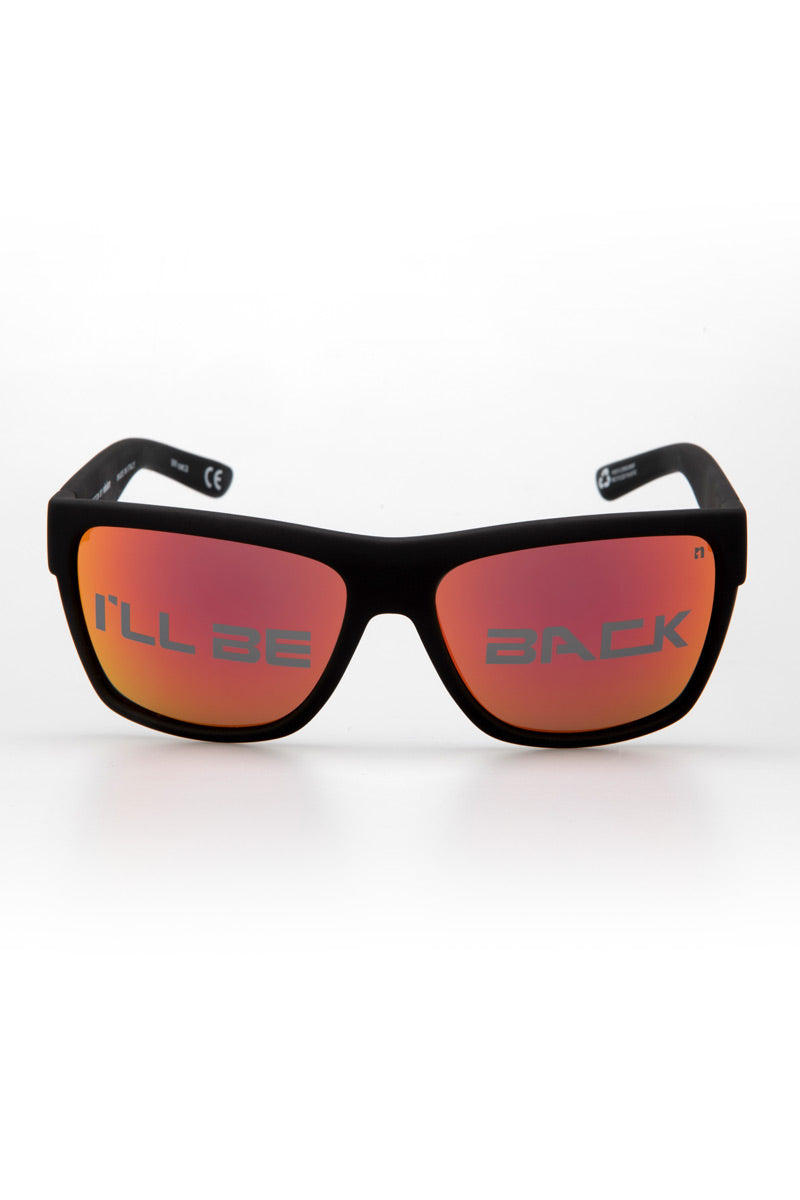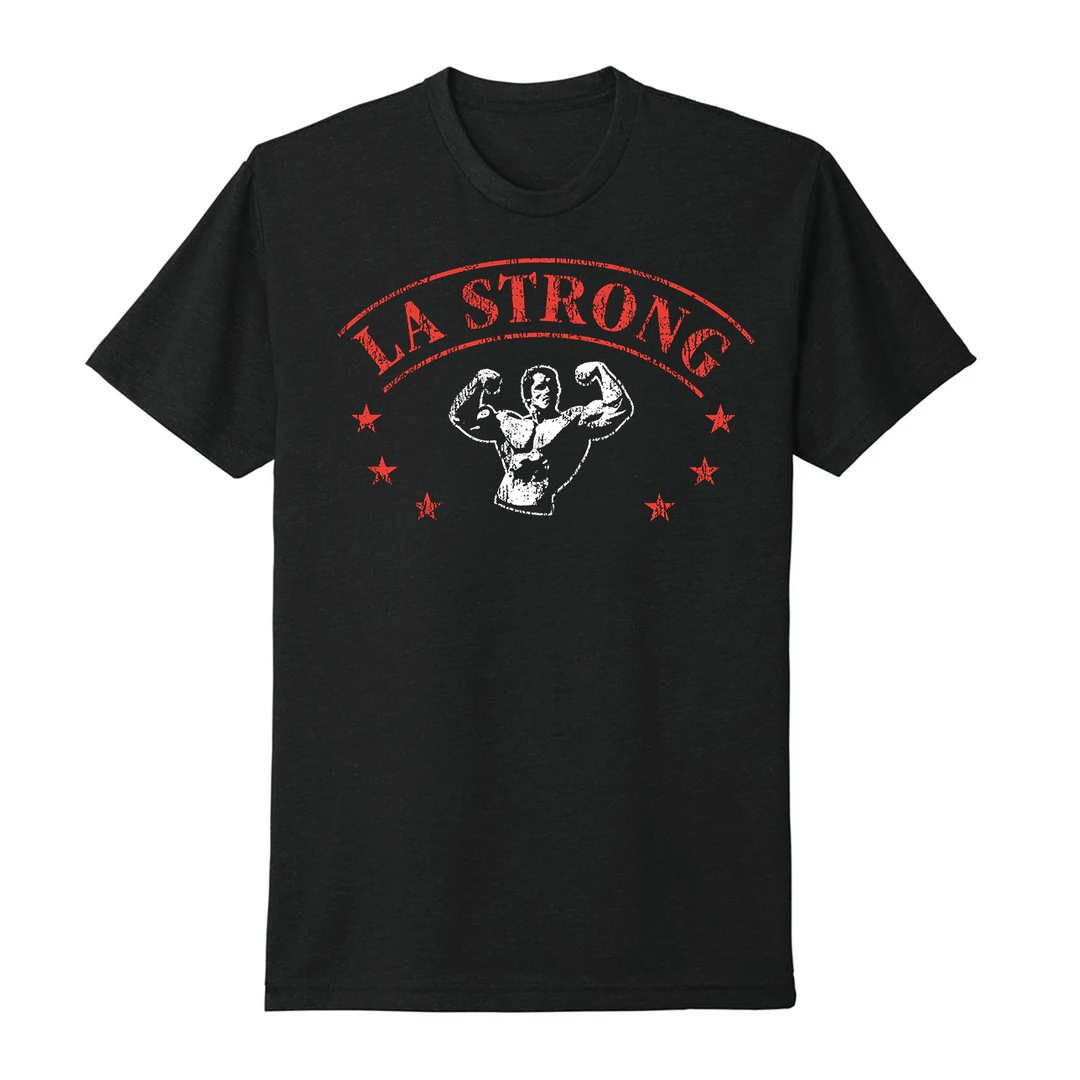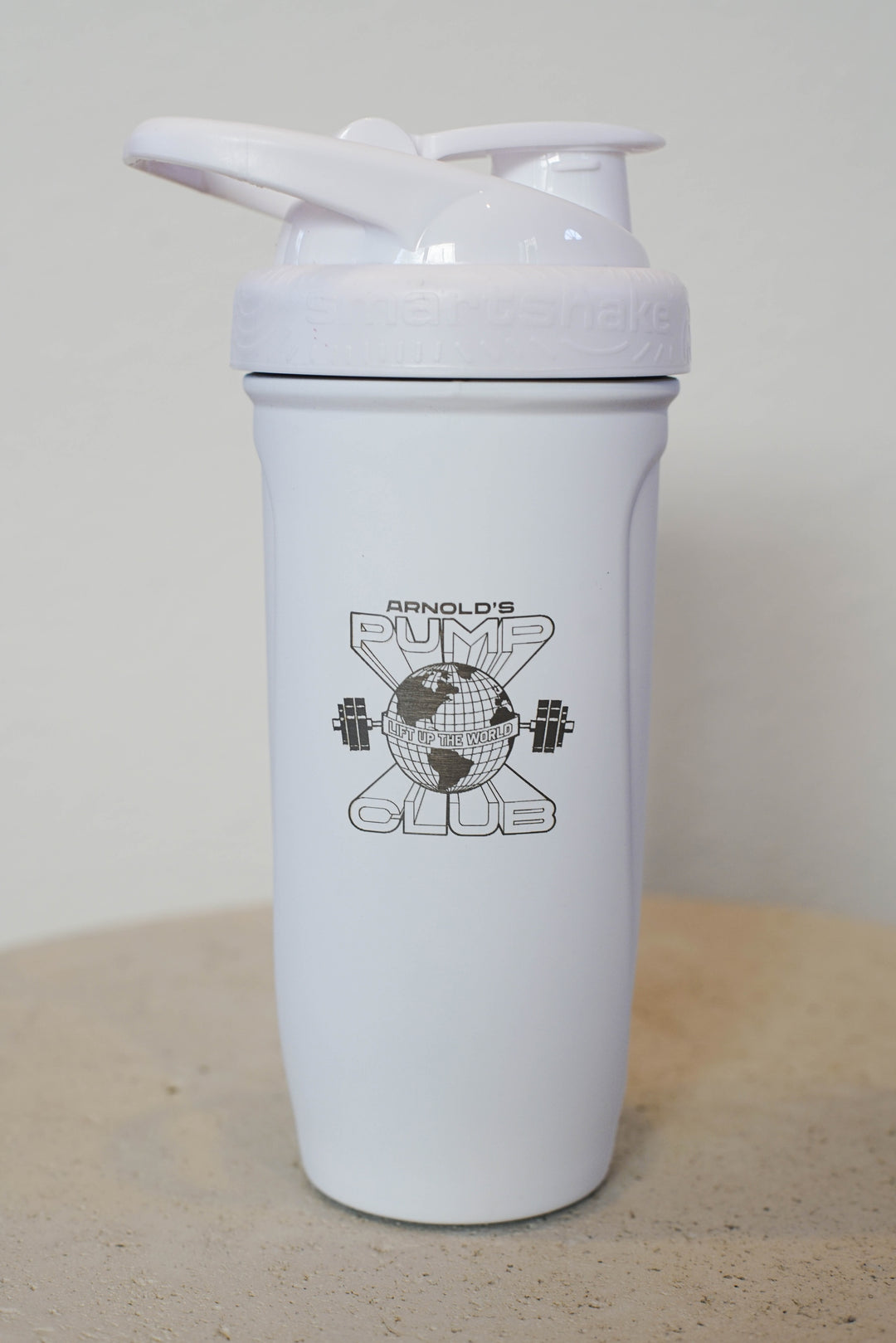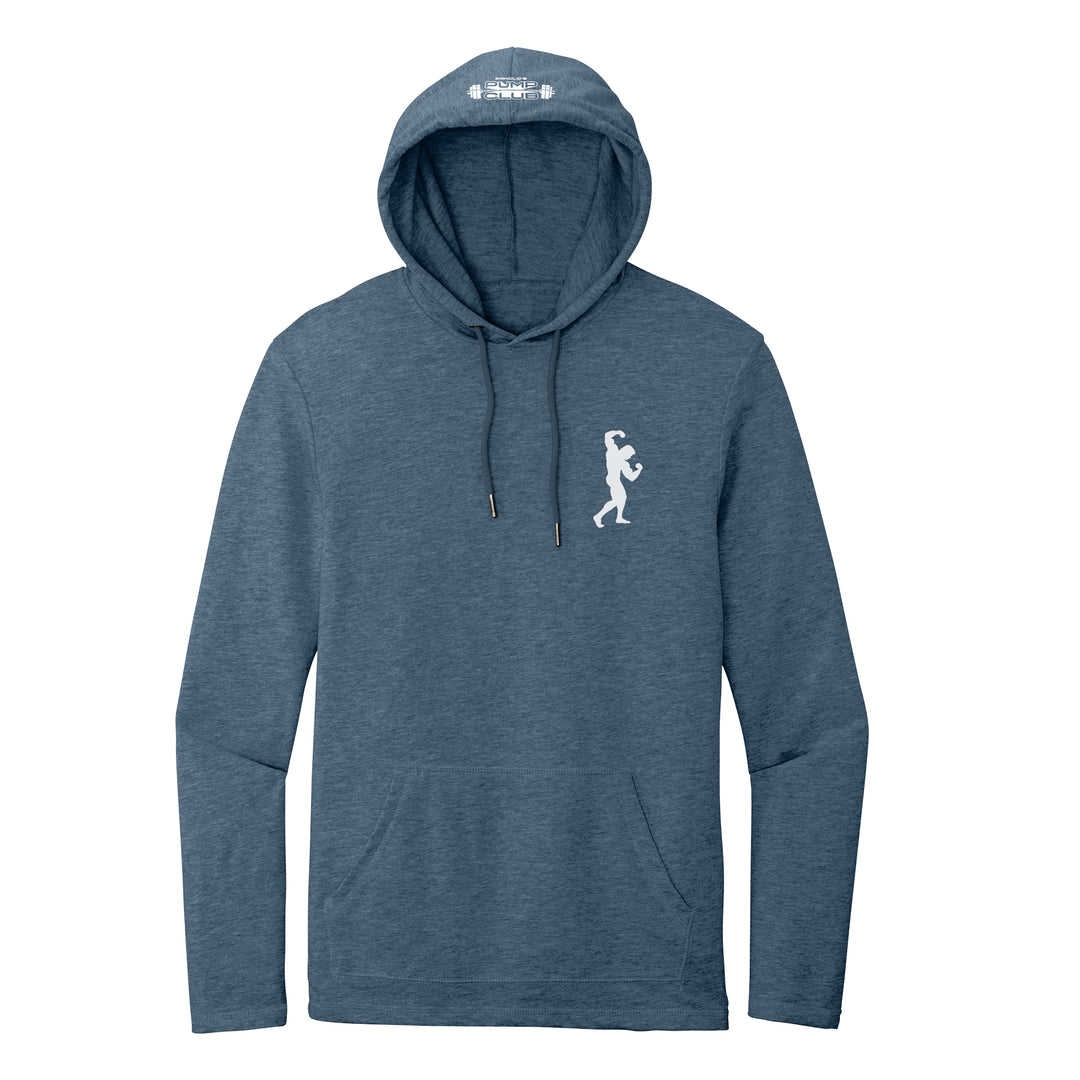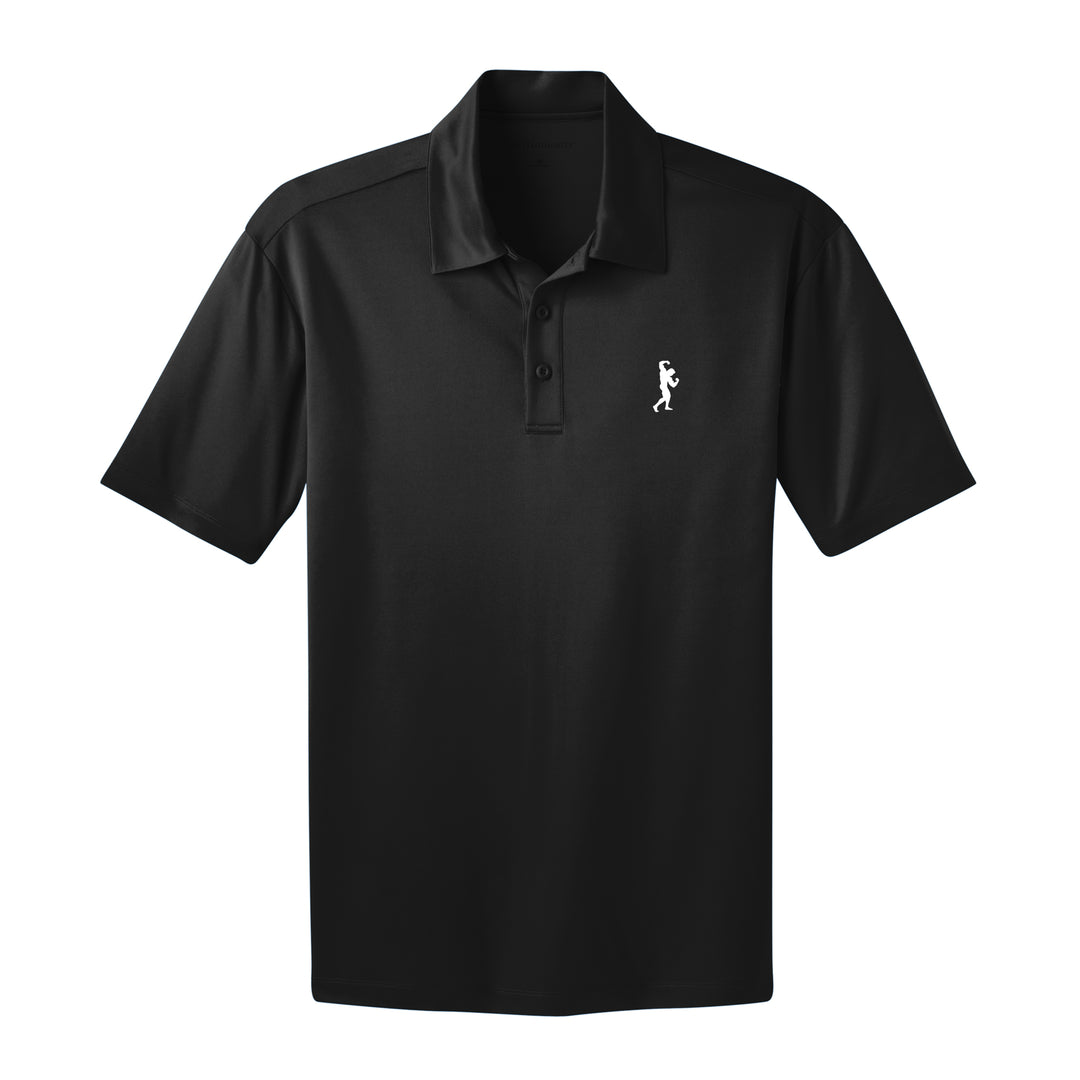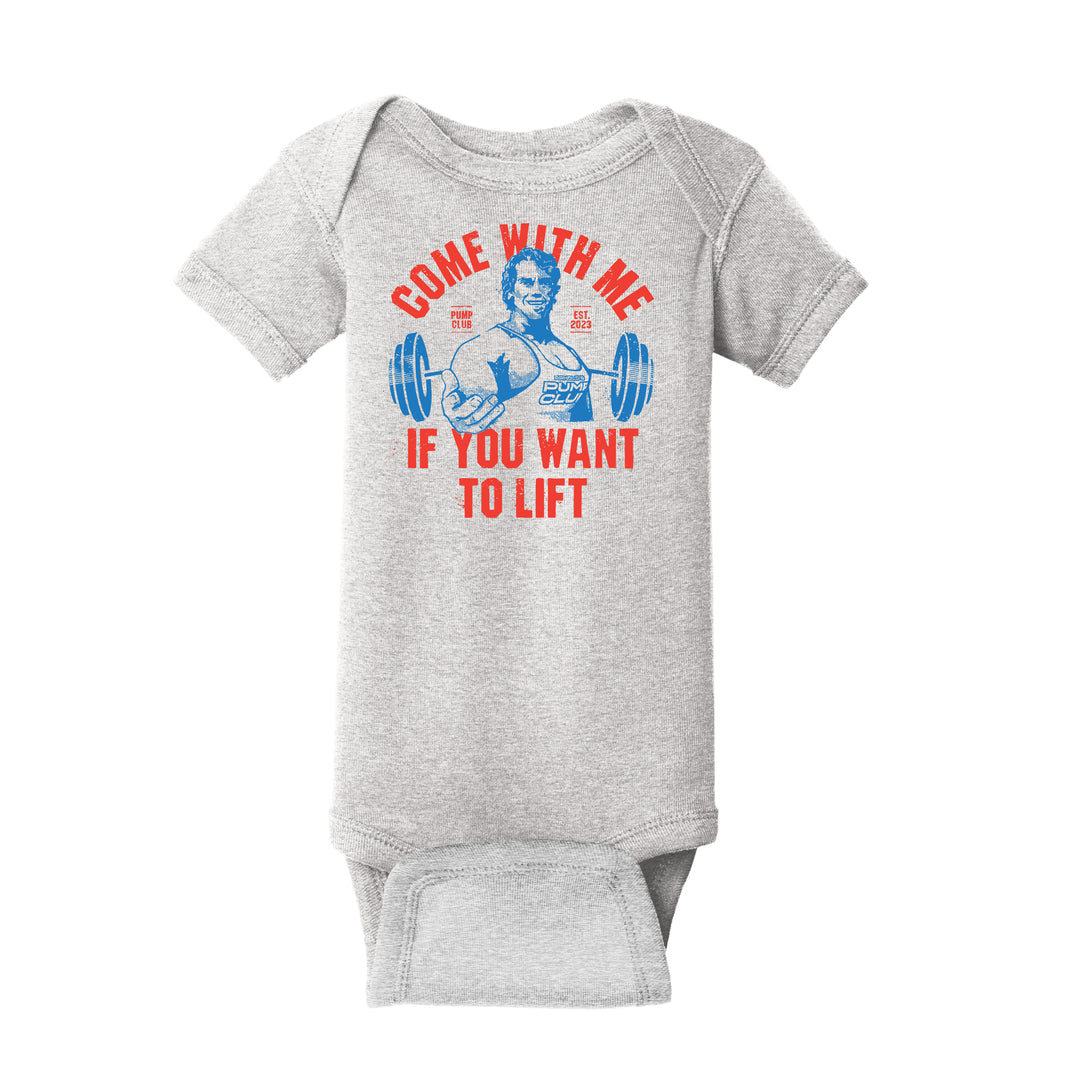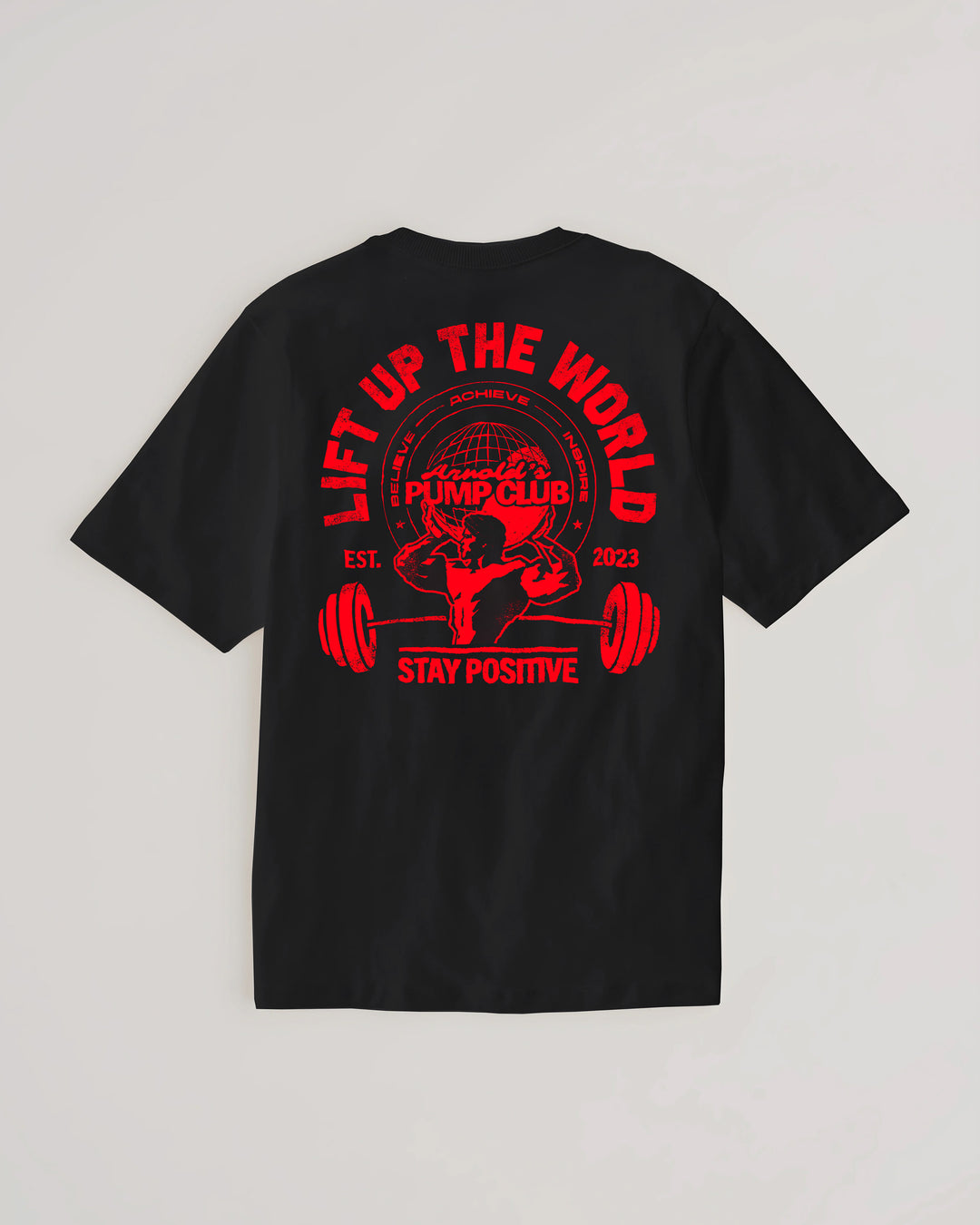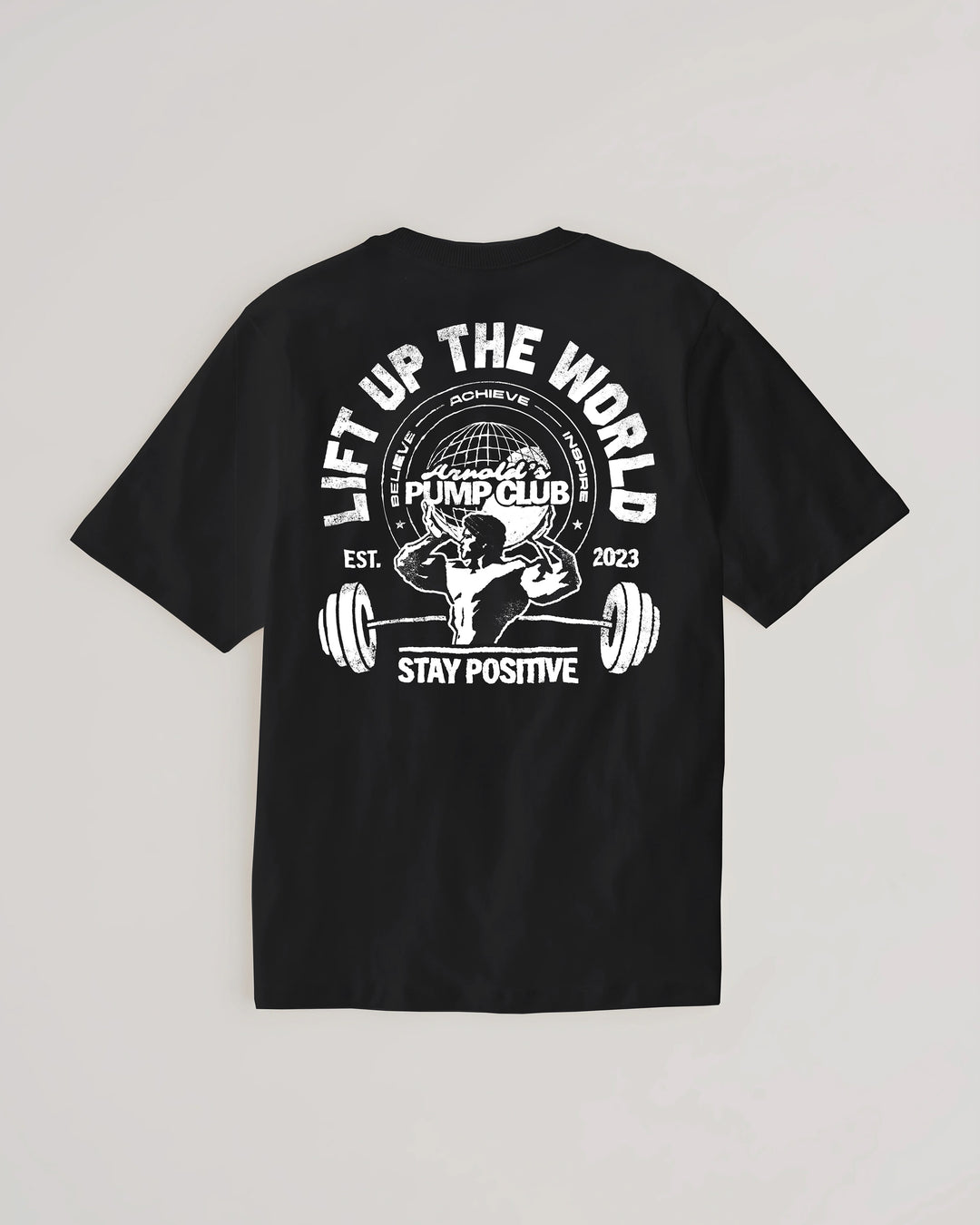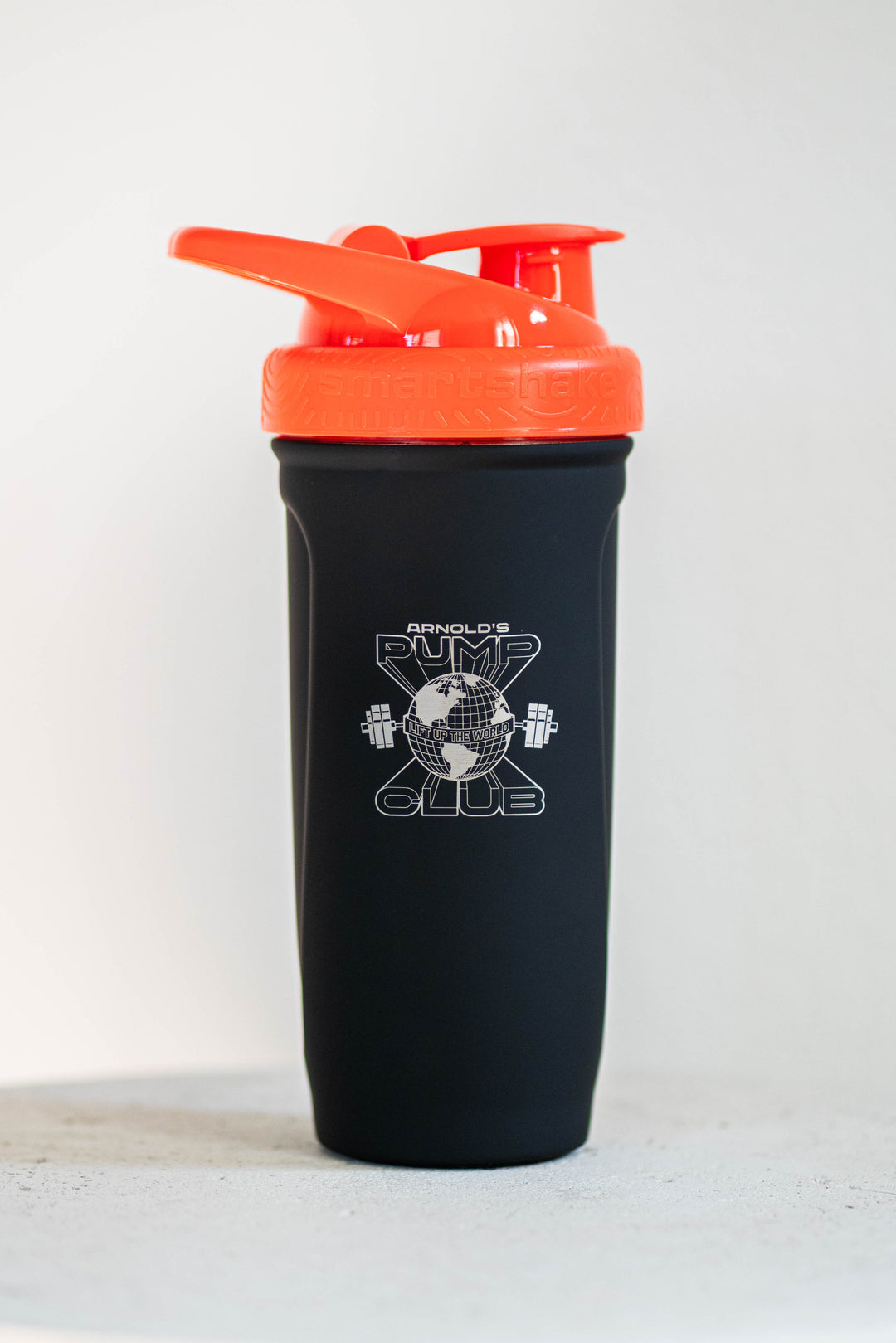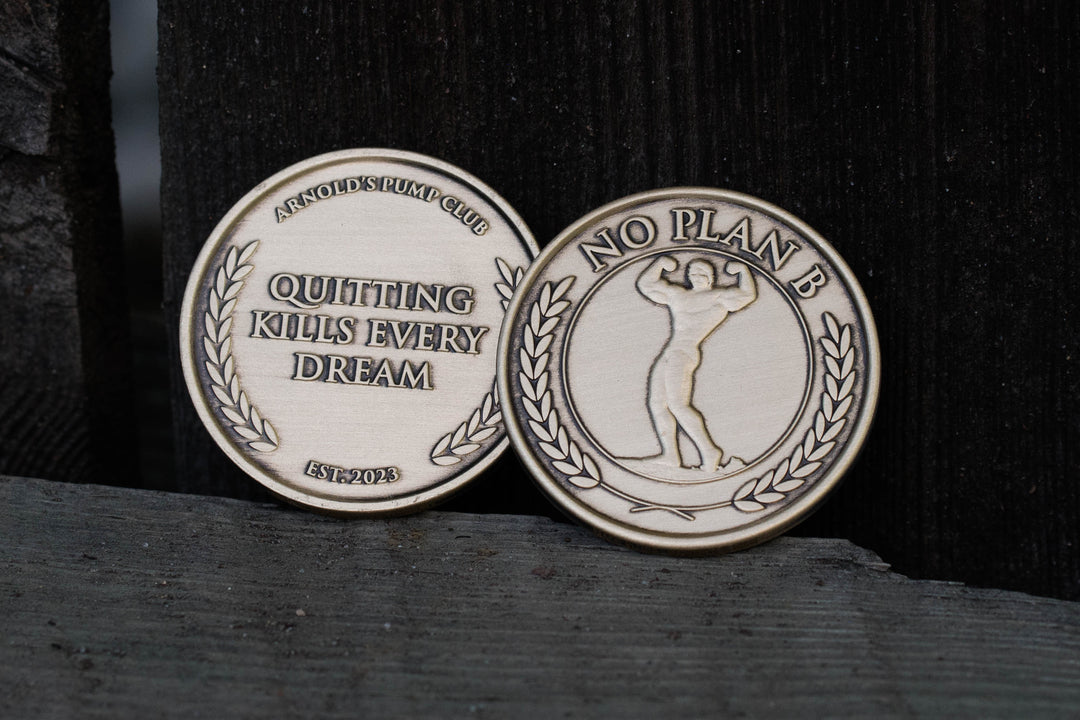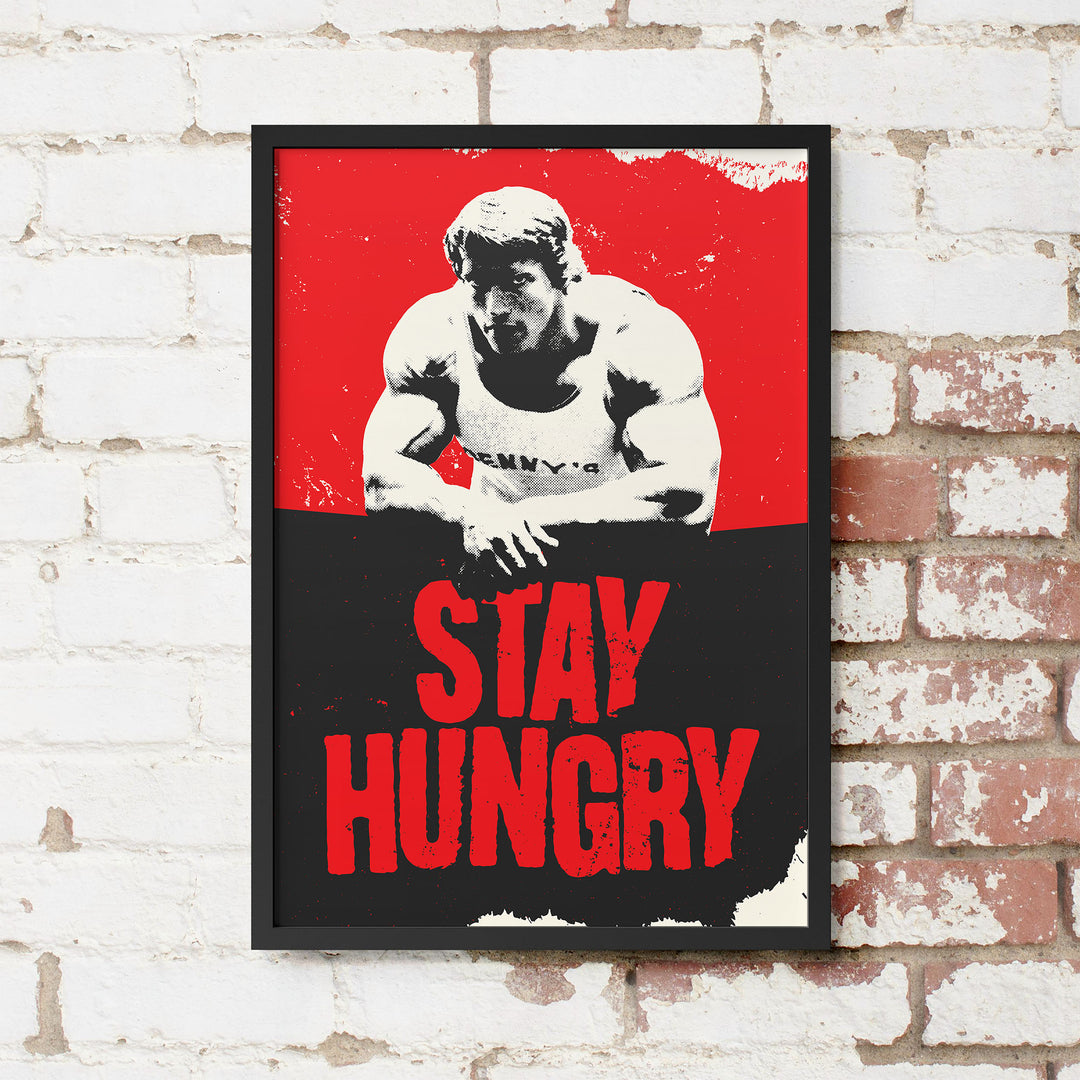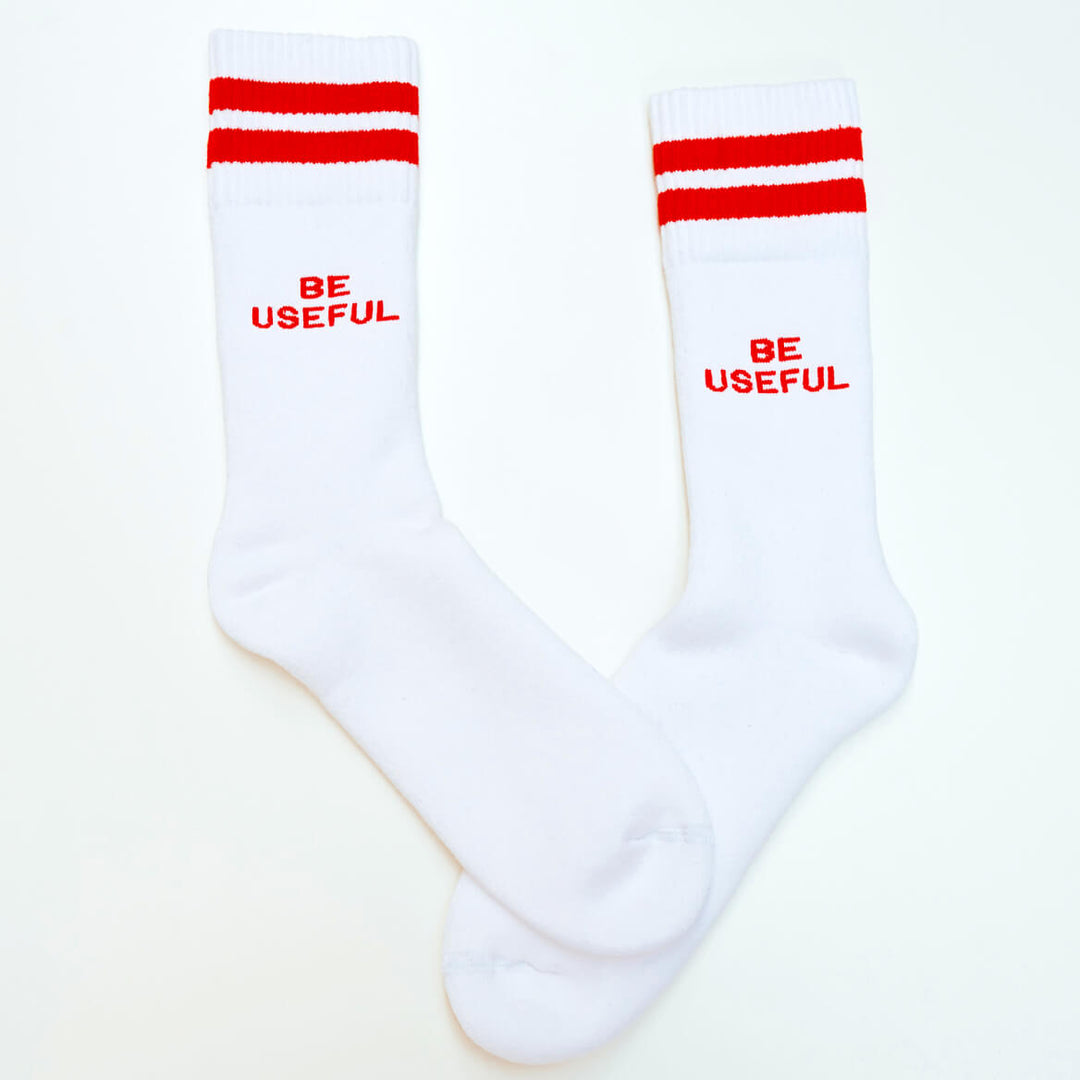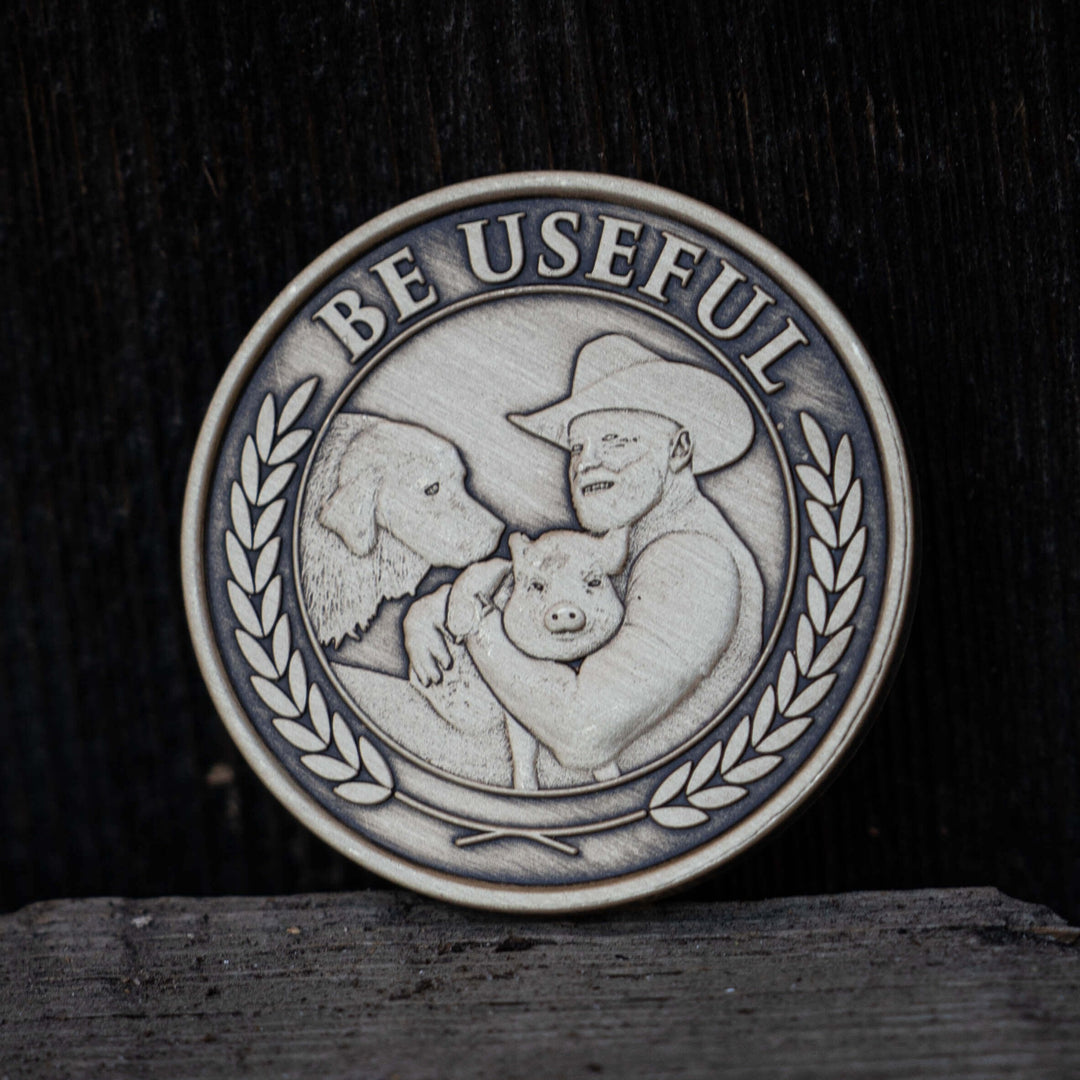Welcome to the positive corner of wellness. Here’s a daily digest designed to make you healthier in less than 5 minutes. If you were forwarded this message, you can get the free daily email here.
Today’s Health Upgrade
Is carb-loading back?
Acid (alkaline) trip
Bounce back better
Carbs Before Your Workouts?
Note from AB: I’ve done many stupid things throughout my life while learning nutrition. I didn’t eat at night because I was worried it would make me fat, I wasted lots of money on expensive BCAA supplements (and many others that lacked benefits), and then — going in the opposite direction of the fear of evening eating — I would wake up in the middle of the night to drink protein shakes to prevent my muscles from shrinking. (As I said, I’ve made many mistakes, mostly by making things too complicated).
But the most common frustration has been my relationship with carbs. I’ve cut them out, gone crazy loading them, and tried to figure out when I need them before or after workouts. Thankfully, research helped give me more clarity and helped me figure out what was best for my body.
Turns out a little bit of carb-loading can be a great thing for your workout performance.
Research published in the Journal of Applied Physiology compared endurance performance when consuming different amounts of carbohydrates. Those who ate more carbs before a long workout (90 minutes) experienced better performance and were able to maintain their intensity for a longer period of time. Comparatively, the lower carb group was slightly better at burning fat for energy but was quicker to fatigue.
Combined with other research that examined eating before and after a workout (either can help with muscle growth) and a study about “the anabolic window,” your need for carbs really depends on your goals.
If you’re going to do longer-lasting activity (especially endurance-type exercise, like running, biking, etc.), want to build muscle, or are trying to maximize performance or strength, then enjoying pre-workout carbs is probably in your best interest.
In those situations, approximately 20 to 40 grams of carbs (or 1-2 slices of bread or a banana) will do the trick. Just make sure you’re also combining 20 to 40 grams of protein.
If your workouts are shorter than 60 minutes, your “need” for carbs is less. And, if you’re focused on fat loss, eating fewer carbs before a workout could lead to a small boost in fat-burning — assuming your carb-depleted approach doesn’t result in bad workouts.
Ultimately, let your goals help you determine your path, and how you feel and perform tells you how to adjust. If you feel better with more carbs, then enjoy them. If you feel worse, feel free to reduce them.
Are You Too Acidic?
Do you need to pay a premium for water? It’s something you might have wondered if you’ve seen the explosion of “alkaline water” on grocery shelves. These pricey drinks (sometimes more than $6 per bottle) promise a “pH of 9.5” to help balance your body. Which leads to the simple question: what’s broken?
A quick refresher: pH level can be acidic (0-6.9), neutral (7), or basic (7 and above, which are more alkaline). Like all liquids, your blood has a pH level. Some diet gurus suggest the Western diet is ruining the pH of your blood, making you more acidic, and causing diseases like cancer. It sounds scary, but — luckily — your body is built to withstand acidic foods in ways that the alkaline water producers won’t tell you.
Food cannot change the pH of your blood. There are many systems in place to prevent that from happening. When you eat more acid, you might see the pH of your urine change, but that’s not necessarily a reason to worry. That’s because your stomach is acidic and helps break down food. So if you eat acidic food, your body will get rid of excess acid after it passes through your stomach. This does not mean that your body is in any sort of danger or out of balance.
And don’t just take our word for it. According to the American Institute for Cancer Research, "Altering the cell environment of the human body to create a less-acidic, less-cancer-friendly environment is virtually impossible.”
Now, that’s not to say anything is wrong with eating more “alkaline foods.” Many of them also happen to be incredibly healthy, including fruits, vegetables, nuts, seeds, and legumes. Eating those foods is a good idea, but that doesn’t mean you must stay away from acidic foods (like meat and eggs) or buy expensive “higher pH” water.
How to Bounce Back Faster
For years, the “RICE” (rest, ice, compression, elevation) has been the go-to treatment for injuries, strains, and bruises. But it’s time to use a new acronym to level up your recovery.
Newer research suggests RICE isn’t as effective because it doesn’t focus on all stages of healing or help manage the injury throughout your recovery process.
Instead, give your injuries some PEACE. Developed by Blaise Dubois, P.T., and Jean-Francois Esculier, Ph.D., the new guidelines reorder the rehab steps and provide clear action steps for a full recovery. Immediately after your injury, use PEACE:
Protect: Protect the injury by restricting movement.
Elevate: Elevate the limb higher than the heart.
Avoid: Avoid anti-inflammatory pain relievers.
Compression: Compress the area by applying pressure with a bandage to reduce swelling.
Educate: Seek information from a therapist or medical professional about how active recovery can help and how long recovery should take.
The biggest surprise for many is the “Avoid” phase, but research suggests that anti-inflammatories can disrupt your natural healing process. That doesn’t mean you have to ban them completely. If the pain is intolerable, take them as needed, but be aware that it could result in a slower recovery.
—

Lift your friends up, get a personalized, signed copy of my Encyclopedia of Bodybuilding
Help me with my fitness crusade and recruit new members. Share your referral link and if 2 people sign up for The Pump Daily, you’ll be entered to win a personalized, signed copy of my Encyclopedia of Bodybuilding. Five winners will be selected.


